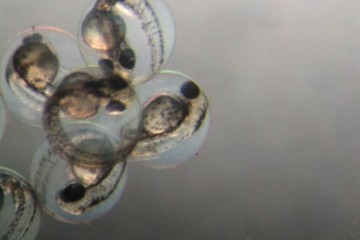CRACK IT Challenge
PREDART: An integrative Dictyostelium, C. elegans and zebrafish approach to assess DART

At a glance
Completed
Award date
July 2013 - October 2016
Contract amount
£750,000
Contractor(s)
R
- Replacement
